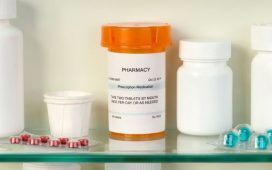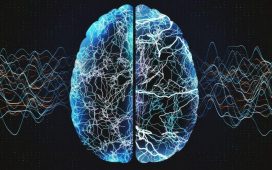Patients more often have sacral insufficiency fracture contralateral, rather than ipsilateral, to previous total hip arthroplasty
TUESDAY, Dec. 7, 2021 (HealthDay News) — Sacral insufficiency fracture (SIF) more often occurs contralateral to total hip arthroplasty (THA) rather than ipsilateral to THA, according to a study published online Nov. 22 in the Journal of Bone & Joint Surgery.
Isabel Graul, M.D., from the University of Jena in Eisenberg, Germany, and colleagues conducted a retrospective study involving 171 patients with SIFs and identified those who had undergone unilateral THA. The rate of SIF ipsilateral and contralateral to the side of the THA was determined in patients with SIF and THA. Changes in bone mineral density at the sacral alae ipsilateral and contralateral to the THA were analyzed immediately postoperatively and at one-year follow-up in 39 THA patients with healthy bone.
The researchers found that 50 of the 171 patients with SIF were previously treated with THA. Of these, 31 were treated with unilateral THA. Overall, 13 and six patients (42 and 19 percent) had an SIF that was contralateral to and ipsilateral to the THA, respectively; 12 patients had bilateral SIFs. In the THA group without SIF, there was a significant decrease in the median bone mineral density from 35.0 to 13.0 HU at the sacral ala contralateral to the THA, while the decrease in ipsilateral bone mineral density from 24.0 to 17.0 HU was not significant.
“This leads us to conclude that THA leads to spatially different bone remodeling of the posterior pelvic ring because of altered load transmission,” the authors write. “This remodeling either negatively affects the contralateral side of the sacrum (as demonstrated in the present study) or prevents natural bone loss at the ipsilateral sacrum. Additional studies focusing on this remodeling process, and assessing different implant designs and longer-term changes, are needed.”
Abstract/Full Text (subscription or payment may be required)
Copyright © 2021 HealthDay. All rights reserved.








